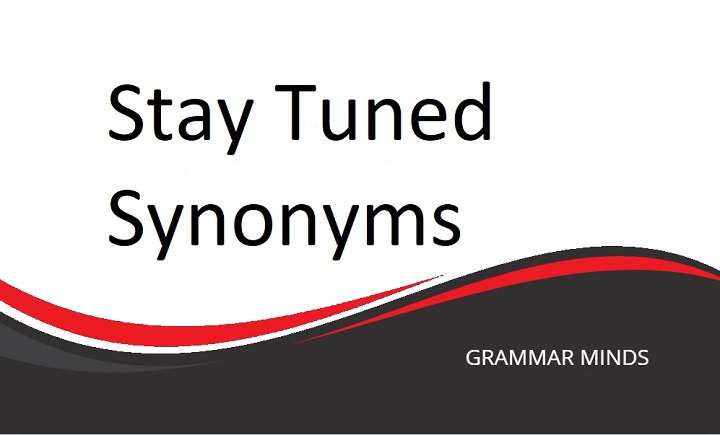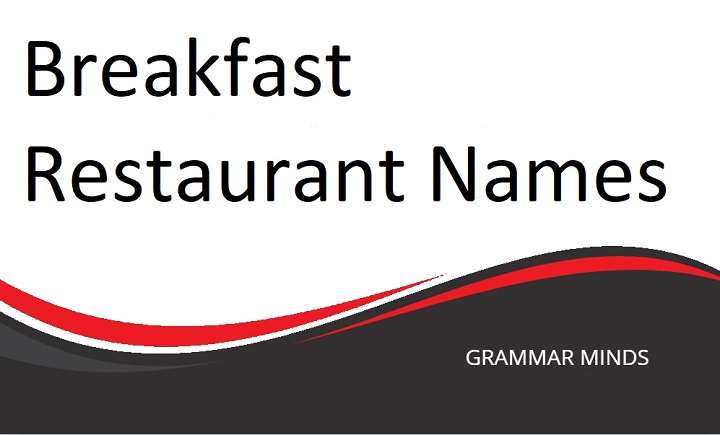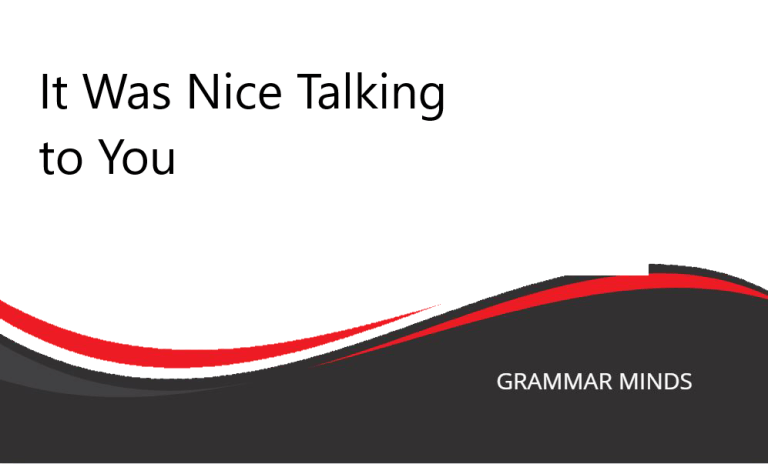Are you constantly using the phrase “stay tuned” in your conversations, emails, or social media posts? If so, you’re not alone! Many people default to this commonly used expression to keep others updated or informed about upcoming information. While “stay tuned” is a perfectly acceptable and grammatically correct phrase, it can start to feel repetitive over time.
Have you grown tired of this repetitive expression when communicating in your professional or personal life?
Don’t worry! We’ve compiled a handy list of alternative phrases that you can use to mix things up and sound more varied in your conversations. Whether you’re communicating with colleagues, clients, friends, or social media followers, these phrases will help you express the same sentiment without sounding monotonous.
Other Ways to Say “Stay Tuned”
Here are some dynamic and creative alternatives to “stay tuned” that you can incorporate into your communication.
Keep an Eye Out
Usage: “Keep an eye out” is an excellent alternative for casual or informal settings, especially when you want to create a sense of anticipation. It implies that something important is on the way, and the recipient should be alert for updates.
Example (in a conversation): Hey [Friend’s Name], the event details should be finalized soon. Keep an eye out for my message later today.
Stay Updated
Usage: “Stay updated” is a slightly more formal alternative to “stay tuned.” It works well in business or professional communications where you want to maintain a straightforward tone while still encouraging attention to future updates.
Example (in an email): Dear [Recipient’s Name], We’ll be sharing the latest developments on the project shortly. Please stay updated for the latest information.
Best regards,
[Your Name]
Be on the Lookout
Usage: This phrase brings a sense of alertness and urgency, making it perfect for both professional and informal contexts. It can be used when you want the recipient to actively monitor or watch for new information.
Example (in a conversation): Hey [Friend’s Name], we’re expecting the package to arrive tomorrow. Be on the lookout for it!
Keep Watching
Usage: “Keep watching” works well in situations where you’re asking someone to pay attention to an ongoing process. This phrase is often used in marketing, entertainment, or media contexts.
Example (on social media): Thanks for tuning in to today’s episode! Keep watching for more exciting announcements later this week.
Follow Along
Usage: If you want to keep things informal but engaging, “follow along” is a great alternative. It’s often used in social media posts or group chats where you’re guiding an audience through a journey or updates.
Example (in a blog post): We’re just getting started with this new series. Follow along as we dive deeper into the topics over the next few weeks.
Watch This Space
Usage: “Watch this space” is a slightly more formal phrase, and it’s often used to create anticipation, especially in marketing or public communications. It implies that something important will be coming soon, and people should be paying attention.
Example (in a press release): We’re excited to announce that big changes are coming to our services! Watch this space for more updates.
Stay in the Loop
Usage: “Stay in the loop” is a great alternative that adds a touch of friendliness while keeping things professional. It works especially well when you’re communicating with coworkers, clients, or teams.
Example (in an email): Hi [Recipient’s Name], We’re working on some important updates for the next quarter. I’ll make sure to keep you in the loop with any new developments.
Best regards,
[Your Name]
Remain Alert
Usage: For a more formal or serious tone, “remain alert” is an ideal choice. This phrase implies that something significant could happen soon and requires the recipient’s attention.
Example (in a memo): Dear [Team’s Name],
Please remain alert for any new announcements from management regarding our upcoming project deadlines.
Await Further Updates
Usage: This is one of the most formal alternatives to “stay tuned.” It’s typically used in official statements, announcements, or formal communication, where it’s important to maintain professionalism while informing the recipient of forthcoming updates.
Example (in a formal letter): Dear [Recipient’s Name],
We are currently reviewing the proposal. Please await further updates from our team.
Best regards,
[Your Name]
Check Back Soon
Usage: “Check back soon” is a casual but effective way to tell someone that more information will be available later. It works well in informal online or social media communication, especially when encouraging someone to revisit a page or platform.
Example (on a website): We’re updating our blog with the latest news and trends. Check back soon for new articles!
Key Notes
While “stay tuned” is grammatically correct and suitable for both formal and informal situations, it can sometimes feel a bit basic. You can elevate your communication by selecting more appropriate alternatives based on the context.
- “Keep an Eye Out” is perfect for informal settings when you want to create anticipation, especially in casual conversations.
- “Stay Updated” works well in professional settings like emails, when you need a more direct but formal alternative to “stay tuned.”
- “Be on the Lookout” is a versatile option that can be used in both formal and informal contexts, making it suitable for many situations.
- “Keep Watching” is a great choice for entertainment or media contexts, where the goal is to maintain engagement over time.
Keep reading to discover how you can use these phrases in both formal and informal situations.
Phrase-by-Phrase Breakdown
Keep an Eye Out
Usage: If you’re looking for a more casual way to say “stay tuned,” “keep an eye out” is a great option. It adds an element of anticipation and is perfect for informal conversations or social media interactions.
Example (in an email): Hi [Recipient’s Name],
Thanks for your email. We’ll be sending out new information soon, so keep an eye out for updates.
Best regards,
[Your Name]
Stay Updated
Usage: For formal settings, “stay updated” is a great alternative. It’s direct and professional, making it ideal for business emails or formal conversations.
Example (in a business email): Dear [Recipient’s Name],
Please stay updated for the upcoming product launch details, which we’ll share by the end of the week.
Best regards,
[Your Name]
Be on the Lookout
Usage: This phrase works well in both formal and informal contexts. It’s often used when you want the recipient to be actively aware of something coming soon.
Example (in conversation): Hey [Friend’s Name],
We’re expecting the new game to drop tomorrow! Be on the lookout for the release announcement.
Keep Watching
Usage: This phrase is perfect for media and entertainment contexts, especially when you want to encourage continued engagement.
Example (on social media): Thanks for watching today’s live stream! Keep watching for more exciting updates in the next episode.
Is It Correct to Say “Stay Tuned”?
Yes! “Stay tuned” is grammatically correct and versatile, suitable for both formal and informal communication. It’s often used to keep someone informed or to encourage them to wait for further information.
However, if you find yourself using “stay tuned” too often, these alternative phrases will help diversify your vocabulary. You can also try slight variations of this phrase, such as:
- “Stay posted”
- “Keep informed”
- “Hang tight”
Also Read
10 Professional Ways to Wish Someone Good Luck
In conclusion, “stay tuned” is a perfectly acceptable and grammatically correct phrase, whether you’re using it in a formal or informal setting. However, the alternative phrases provided in this article will help you diversify your vocabulary and communicate more effectively in different contexts.
By using phrases like “keep an eye out,” “stay updated,” or “watch this space,” you’ll add variety to your communication and keep your audience engaged. So, the next time you find yourself typing or saying “stay tuned,” try one of these alternatives to freshen up your language!







